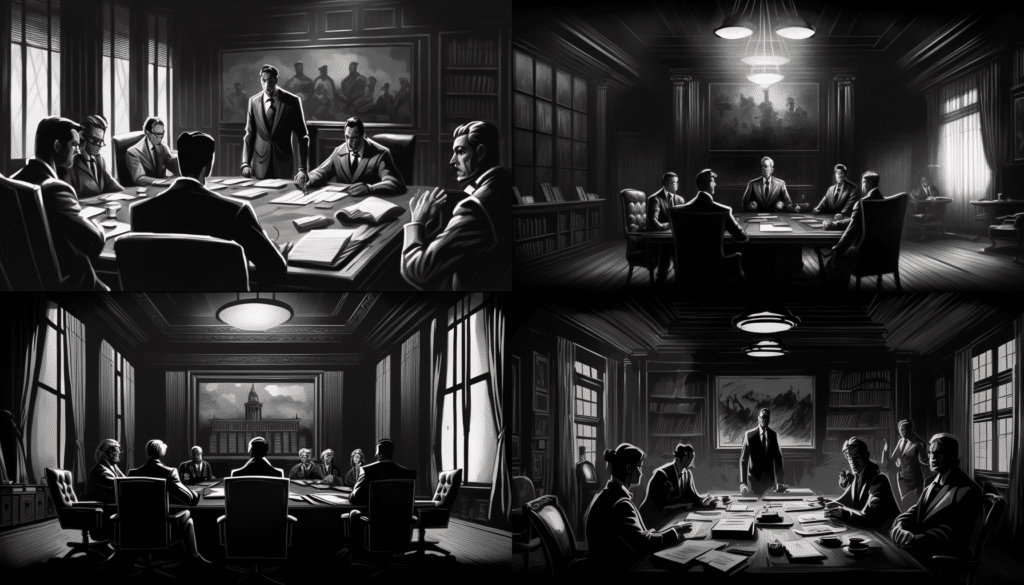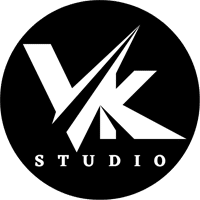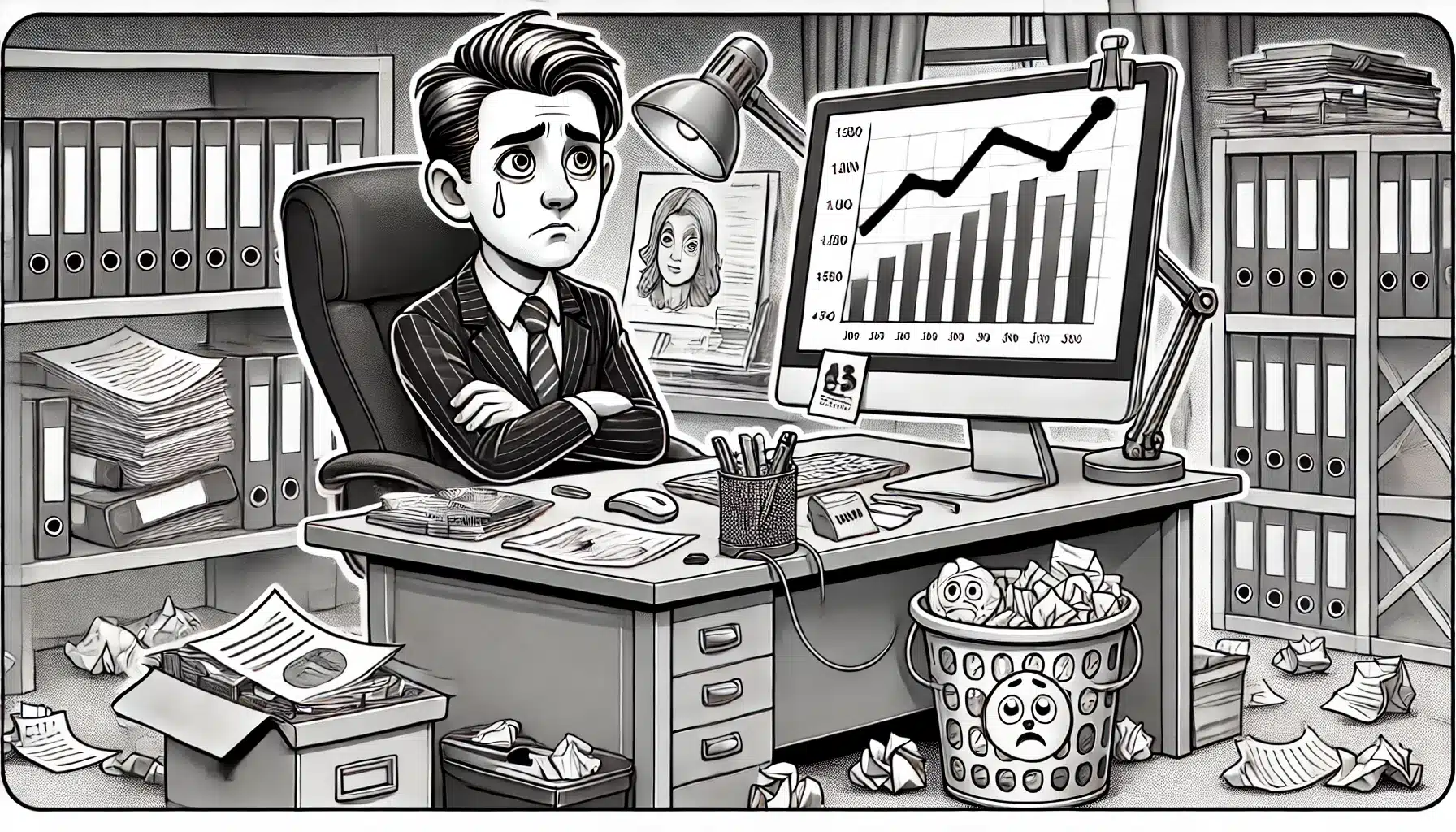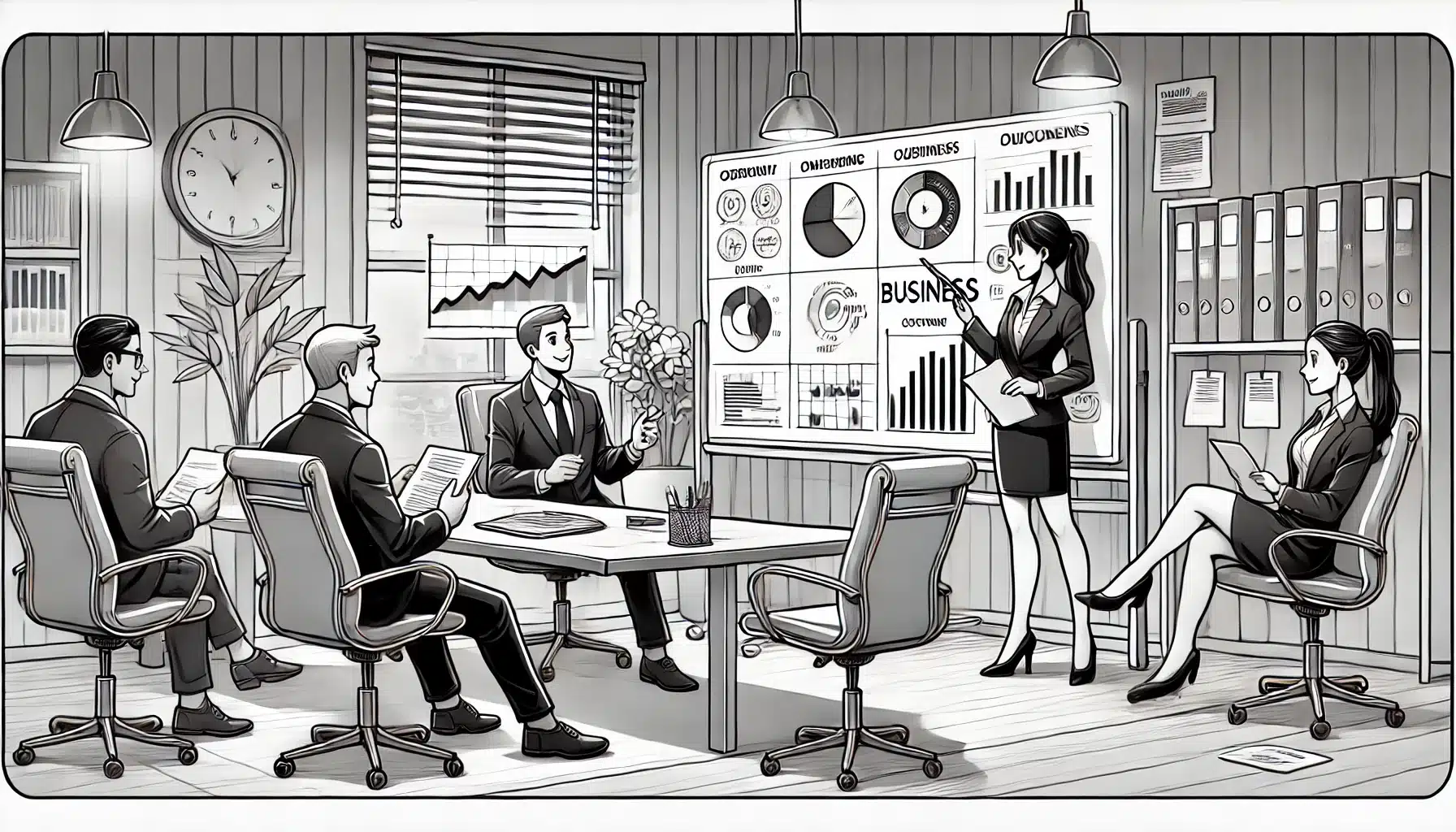1. Introduction to Whiteboard Animation
Whiteboard animation is a captivating and effective storytelling technique that involves creating a series of drawings on a whiteboard or white background, accompanied by narration. These animations are widely used for educational purposes, product demonstrations, and marketing campaigns due to their ability to engage the audience and explain complex concepts with ease. In this article, we'll guide you through the process of creating a whiteboard animation step by step.
2. Choosing the Right Software
To create a professional-looking whiteboard animation, you'll need to choose the right software that suits your needs and skill level. Some popular whiteboard animation software options include:
- Doodly: A user-friendly tool with a vast library of images and templates, ideal for beginners and experts alike.
- VideoScribe: A versatile software that offers advanced features such as image import, custom animation, and extensive font selection.
- Explaindio: A powerful application with a range of animation styles, including 2D, 3D, and explainer videos.
Take the time to research each option, compare their features, and select the one that best aligns with your goals and budget.
3. Creating an Engaging Script
An effective whiteboard animation begins with a well-crafted script. The script serves as the foundation for your video and should clearly communicate your message while maintaining the viewer's interest. To write a compelling script, consider the following tips:
- Identify your target audience: Understand who your viewers are and tailor your message to address their needs and expectations.
- Define your objective: Determine the purpose of your animation, such as teaching, persuading, or entertaining.
- Keep it concise: Aim for a script length of 2-3 minutes to hold your audience's attention and convey your message efficiently.
- Use conversational language: Write in a conversational tone that is easy to understand and makes your content relatable.
4. Storyboarding and Visual Planning
A storyboard is a visual representation of your script, outlining the sequence of scenes, illustrations, and animations. Creating a storyboard helps you plan your video's flow and ensures a smooth transition between ideas. To create an effective storyboard:
- Break down your script: Divide your script into smaller sections, assigning a visual element to each part of the text.
- Sketch your ideas: Draw rough sketches of each scene, focusing on the main elements and their placement on the screen.
- Add notes and descriptions: Include additional details, such as animation instructions or camera movements, to guide your creative process.

5. Recording the Voiceover
The voiceover is a crucial component of your whiteboard animation, as it provides context and enhances the viewer's understanding. To record a high-quality voiceover:
- Choose the right equipment: Invest in a good-quality microphone and recording software to ensure clear and professional audio.
- Prepare your script: Practice reading your script aloud, paying attention to tone, pacing, and emphasis.
- Find a quiet space: Record in a noise-free environment to minimize distractions and background noise.
6. Designing and Drawing the Illustrations
The visual elements of your whiteboard animation should complement your script and voiceover, creating a cohesive and engaging experience
for the viewer. To design and draw effective illustrations:
- Choose a consistent style: Select a visual style that matches your brand or message and maintain consistency throughout the video.
- Create custom illustrations: Design unique and relevant images that accurately represent your script's content.
- Optimize for clarity: Ensure your illustrations are easily understandable, using simple shapes and avoiding visual clutter.
7. Animating Your Whiteboard Video
With your script, voiceover, and illustrations ready, it's time to bring your whiteboard animation to life. Follow these steps for a seamless animation process:
- Import your assets: Upload your illustrations, voiceover, and any additional elements to your chosen software.
- Synchronize your animations: Match the timing of your animations with the voiceover to maintain a natural flow and enhance comprehension.
- Add transitions and effects: Utilize software features like hand-drawing animations, zooming, and panning to create a dynamic and engaging video.
8. Exporting and Sharing Your Creation
Once you've completed your whiteboard animation, it's time to export the final video and share it with your target audience. Consider these tips for effective distribution:
- Choose the appropriate format: Export your video in a high-quality format like MP4, which is compatible with most devices and platforms.
- Optimize for SEO: Include relevant keywords in your video title, description, and tags to improve search engine visibility.
- Leverage social media: Share your video on various social media platforms to increase its reach and engagement.
9. Conclusion
Creating a whiteboard animation may seem like a daunting task, but with the right tools, a well-crafted script, engaging visuals, and proper planning, you can produce a captivating video that effectively communicates your message. By following the steps outlined in this article, you'll be well on your way to creating a whiteboard animation that resonates with your target audience and helps you achieve your desired objectives.



